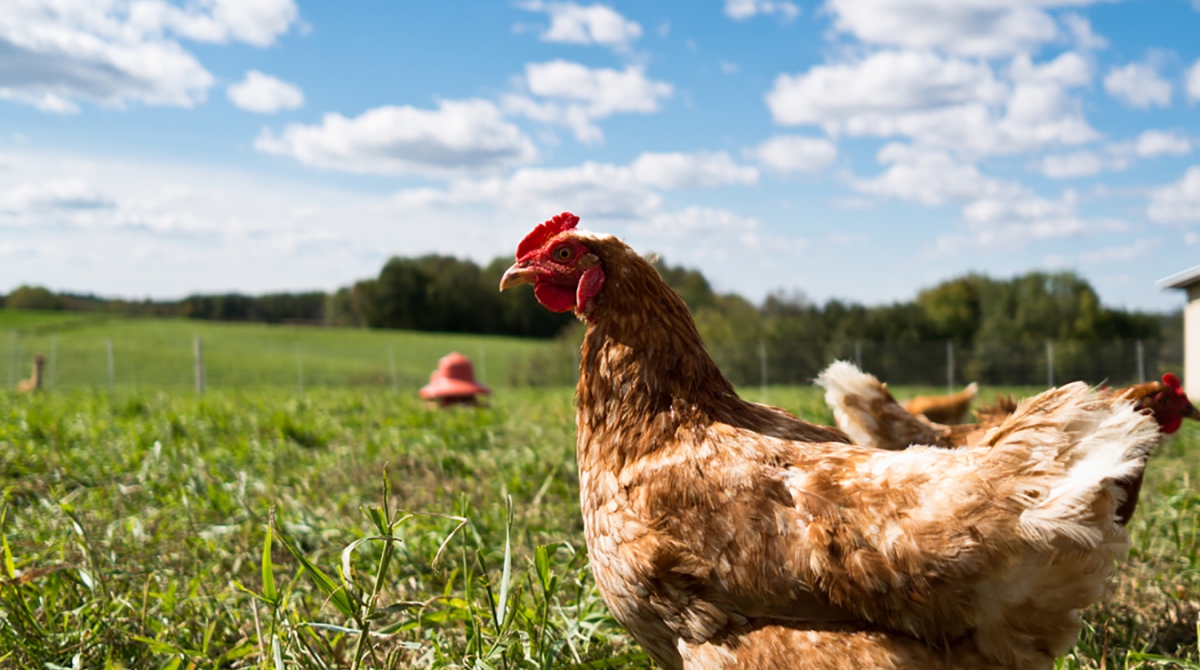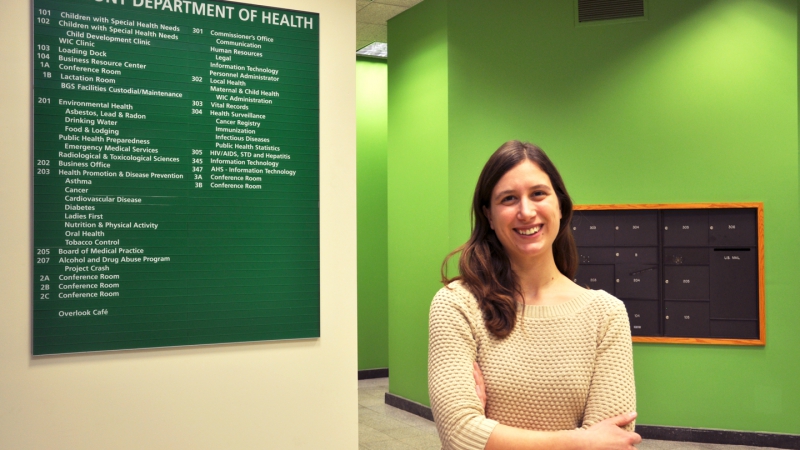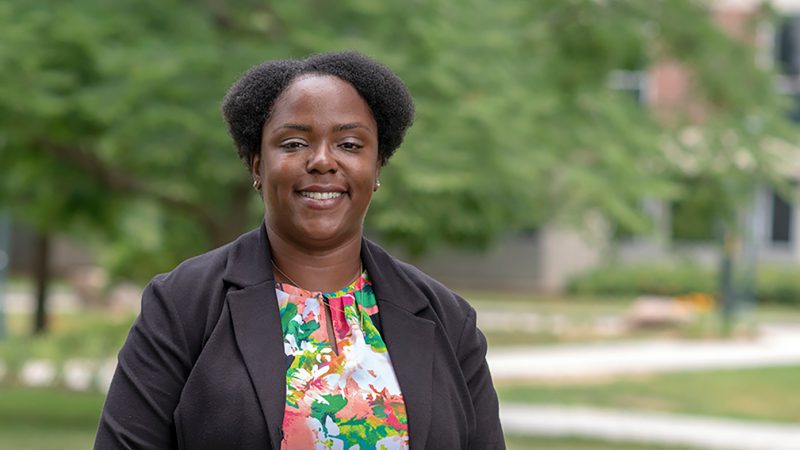Vermont Agency of Agriculture microbiologist Wendy Blackman spends much of her time at the agency’s laboratory conducting a variety of tests to ensure environmental and food safety. But wanting to learn more about connections between the environment and public health, she decided to go back to school after 16 years.
Blackman enrolled in the UVM Environmental Public Health Graduate Certificate Program last spring to enhance her credentials. She’s found that her work in the field and in the lab is more closely related to environmental public health than one might think.
For example, Blackman identifies bacterial contamination in bulk milk; the results are used to discover unsanitary equipment in processing plants or on farms.

She also examines cow quarter milk samples for mastitis, a potentially fatal mammary gland infection and the most common disease in dairy cattle in the United States. Mastitis can be related to poor or dirty living conditions for animals or can be spread through a herd by cross contamination during milking.
“When these conditions are better managed, cow health is improved and so is water quality in the surrounding area,” explains Blackman, who grew up in Bennington and received her undergraduate degree from UVM in 1999 at the age of 32 with a degree in environmental science.
UVM’s online Environmental Public Health program gives students the opportunity to study environmental public health, epidemiology, public health, and health policy, and offers electives such as environmental risk and communication, zoonoses, food systems and public health, and environmental public health law.
The 18-credit Certificate of Graduate Study in Environmental Public Health explores a range of human health hazards, health promotion strategies, and methods of environmental public health practice. The graduate-level program is a collaboration between the College of Medicine, Continuing and Distance Education, and the Graduate College at UVM.
Testing for Coliform, Drug Analysis, Antibiotics
Working for the state, Blackman spends about one-third of her time in the field and the rest at the Agency of Agriculture lab, which was relocated to UVM after Tropical Storm Irene destroyed the state office complex in Waterbury.
Blackman and her colleagues conduct a variety of tests each week in accordance with US Food and Drug Administration protocols. These tests include heterotrophic plate count, coliform counts, phosphatase testing, somatic cell counts, and antibiotic testing. Blackman also tests dairy waters–water that is used on farm or in processing plants to clean equipment or animals–for coliform contamination, and in the summer months she and her colleagues provide drug analysis for New England fair organizations in support of their horse-pulling activities. In the agency’s animal health laboratory, they test bovine, sheep, goats, and llamas for brucellosis, and equine samples for equine infectious anemia.
A Fresh Perspective
Blackman started working for the Agency of Agriculture two weeks after graduation and has been employed there ever since. Back in college, she figured she would end up at a place like the Agency of Natural Resources since her undergraduate work was more focused on the environment.
“I definitely didn’t think I would end up in agriculture. But especially in Vermont, agriculture is a huge part of our environment, and it has a tremendous impact on water quality,” she says. “I think this program has been an eye-opening experience as far as connecting environmental problems back to human health.”
Still, because of her work and undergraduate degree, many of the Environmental Public Health topics addressed in the course aren’t necessarily new to Blackman. But viewing them in the context of public health has allowed her to see them in a very different light.
“I’ll use radon gas exposure as an example. I’ve always known that it exists, but not how broad the exposure is around the country. From a public health perspective, I’ve learned about its association with lung disease and how that association is multiplied for current and former smokers,” she says. “I enrolled in the UVM program because the public health application was something that was missing for me. Now I see how the consequences of various aspects of environmental contamination impact society on various levels.”




